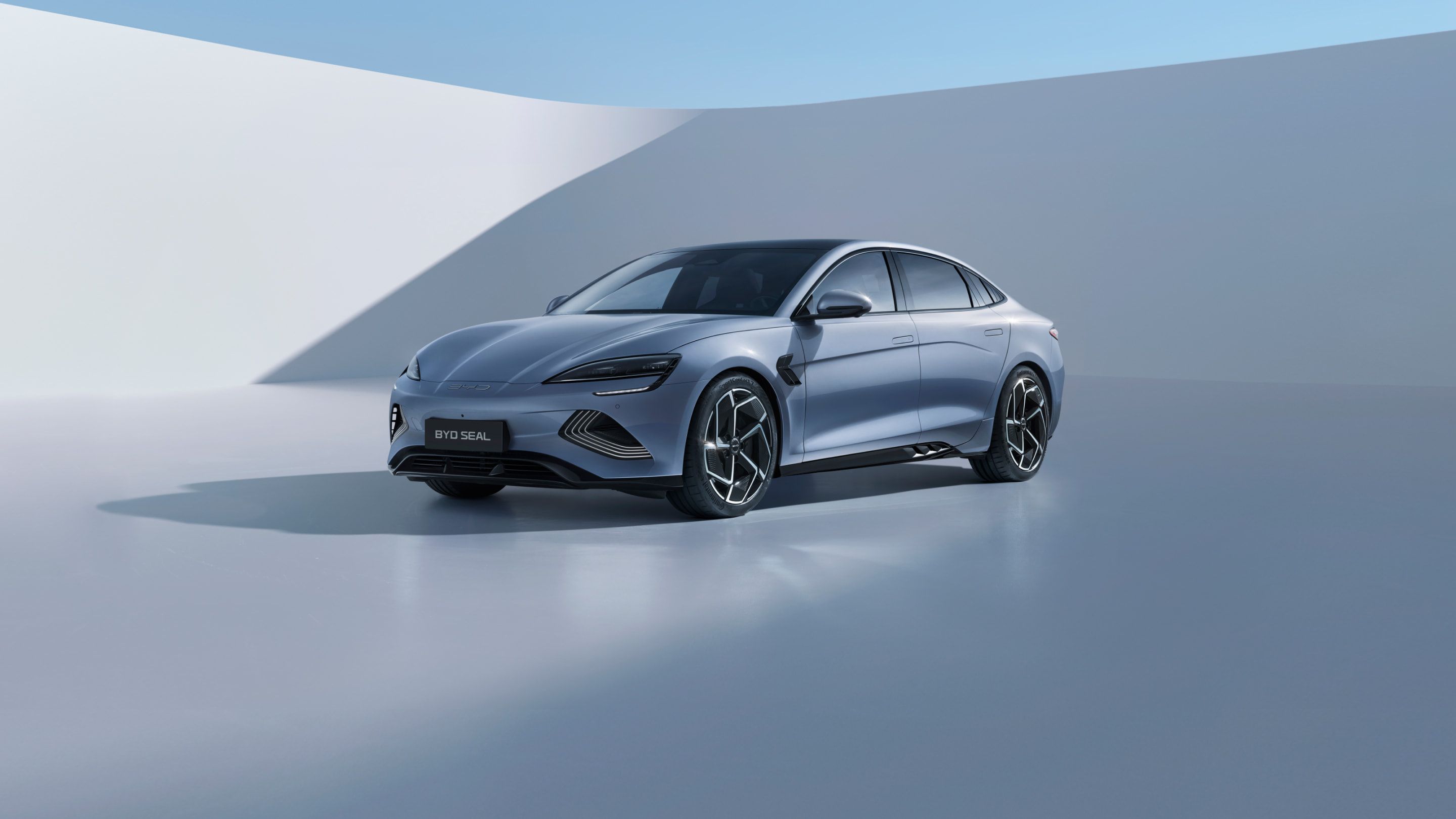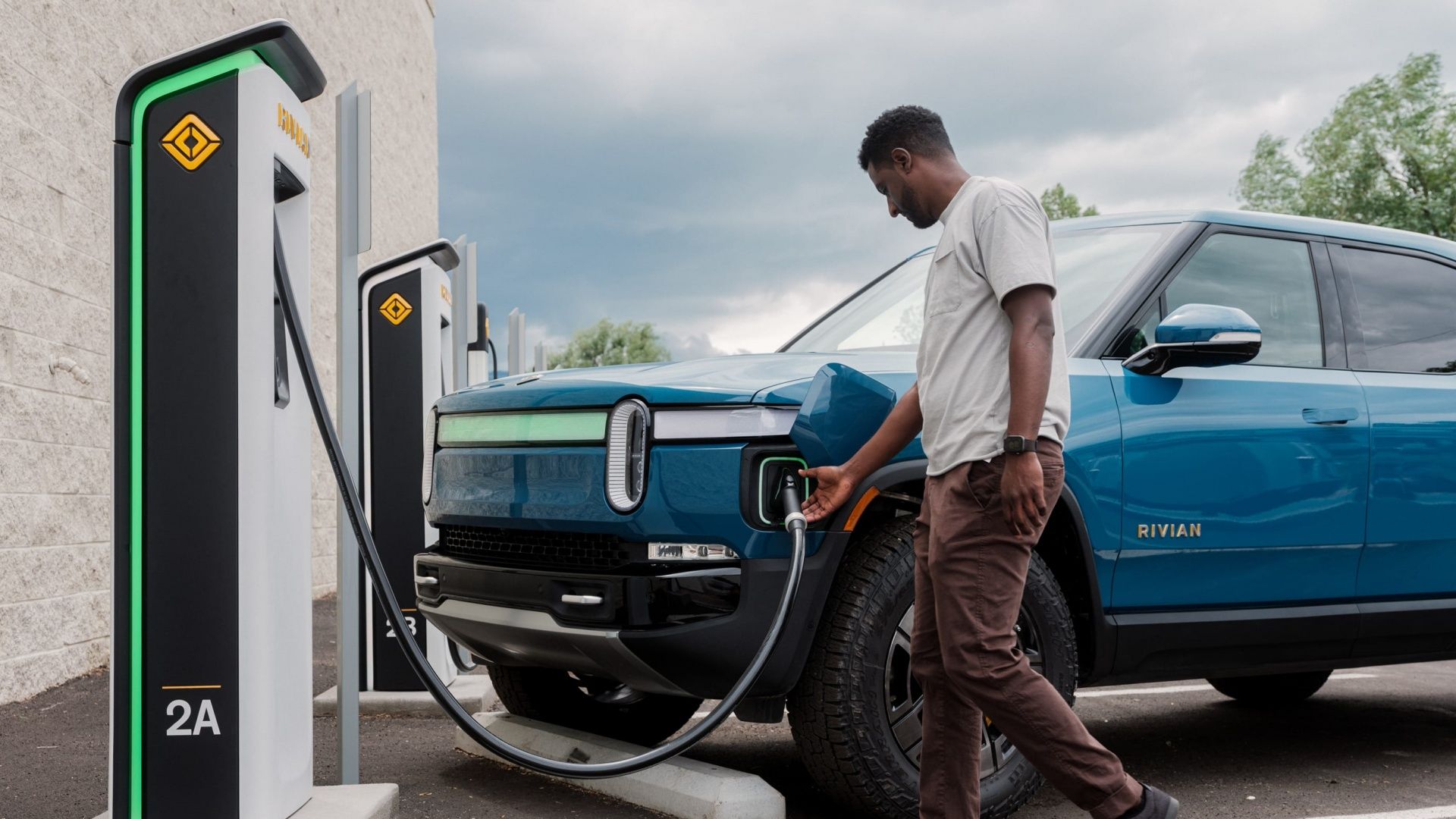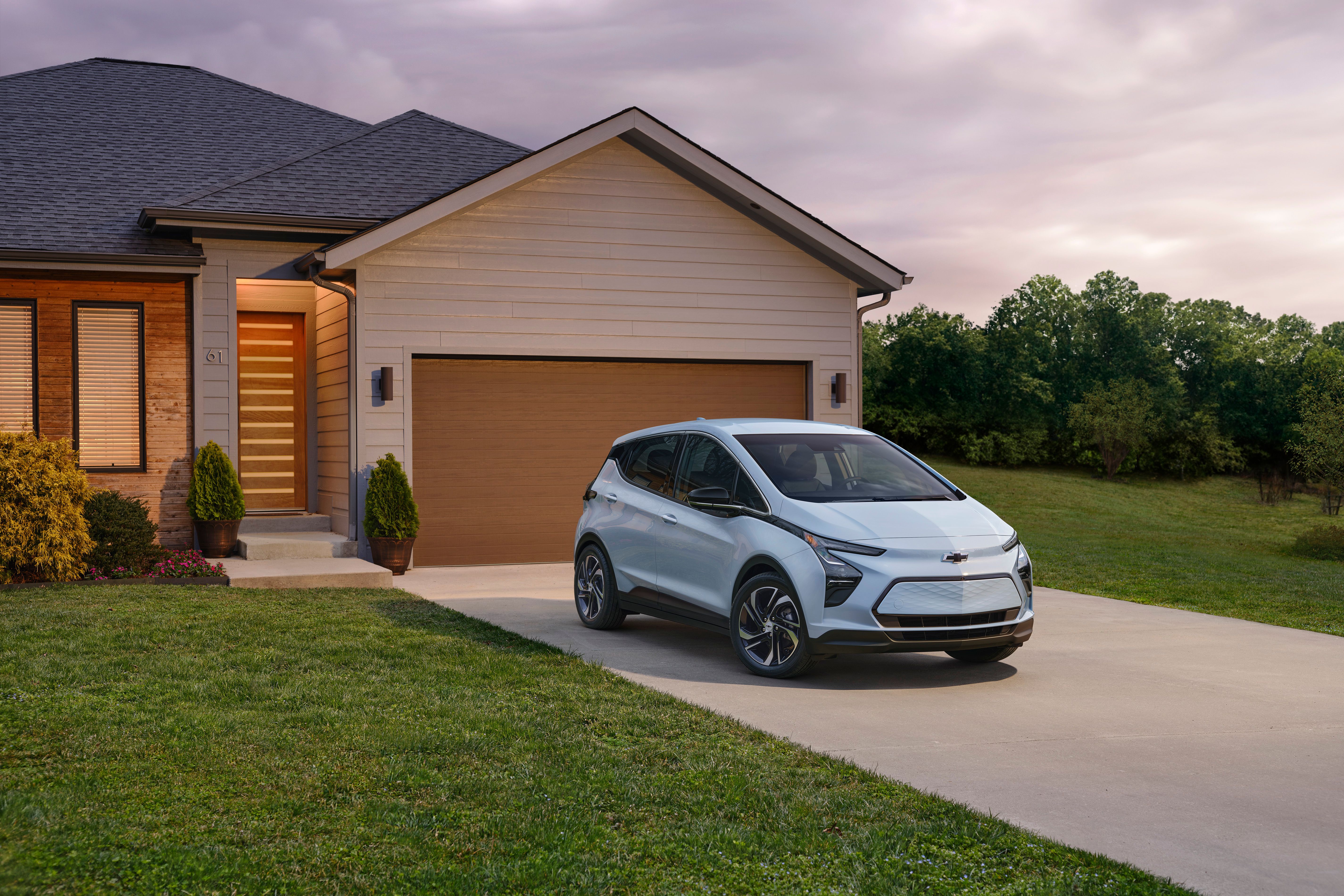Key Takeaways
- The IRS allows EVs with Chinese-sourced graphite to qualify for a tax credit until 2027 with more stringent rules coming in 2025.
- Graphite is essential in Li-ion batteries, but sourcing it from China was set to disqualify automakers from the $7,500 tax credit.
- The extension lets that credit stay in place for a few more years, but not indefinitely.
In a win for automakers, the Department of the Treasury and the IRS have announced EVs that use graphite sourced in China will be eligible for the $7,500 tax credit until 2027. Starting this year, the more stringent IRA rules stipulated that for an EV to qualify it could, “not contain any battery components that are manufactured or assembled by a foreign entity of concern (FEOC).”
This ban is set to get even stricter in 2025, banning minerals in batteries that have been extracted, processed, or recycled by an FEOC, but thanks to this extension, graphite won’t be included on the list until 2027 at the earliest. According to automakers, this ruling appears to understand the realities of a global supply chain.
Why Is Graphite Important?
It’s important because the lithium-ion battery is the current gold standard for EV batteries in the industry. It’s found in cars from the Tesla Model 3 to the Lucid Air. At its core, a Li-ion battery is made up of an anode, cathode, separator, electrolyte, and two current collectors. When you crack open a big EV battery you’ll see thousands of battery cells, and with a Li-ion battery, the cathodes of these cells are made up of lithium while the anode is made up of graphite, meaning nearly half of the cell is made up of graphite.

Add CarBuzz to your Google News feed.
This highly conductive material is vital to the battery, often taking up more volume than the lithium the battery is named after. This means companies need alot of graphite, and unfortunately, the biggest deposit of graphite on earth is located in China. This makes natural graphite nearly impossible to acquire without going through an FEOC. By processing this material in the US, companies were able to get around the tax credit restrictions, and thanks to this new ruling they’ll be able to do this for the next couple of years at least.
Automakers Ask For Realistic Goals
It’s another example of automakers joining together to ask governments around the world to set more realistic emissions targets. These rulings are made by lawmakers who may not fully grasp the intricacies of the automotive industry. While the rulings often come from a good place, in the real world companies may miss the targets if implemented in too short a timeframe.

Related
Chinese EVs Must Be Banned In America, Urges US Senator
Senator Sherrod Brown has made the strongest comments on Chinese EVs of any US lawmaker to date.
Automakers insist that more leniency is important for the creation of cheaper EVs people will want to buy, thus allowing them to hit governmental emissions goals. With the IRA tax credit, companies can more realistically create the sub-$30,000 EV everyone is clamoring for, thus putting an electric vehicle within reach of almost everyone considering a new vehicle. These extensions give automakers time to find alternative avenues for battery creation that will benefit everyone.
#Automakers #Sourcing #Graphite #China #Score #Massive #Tax #Credit #Extension




